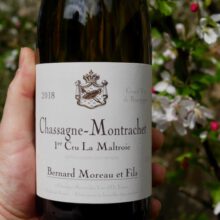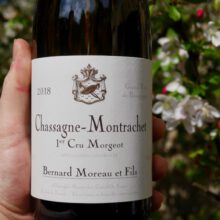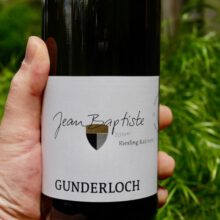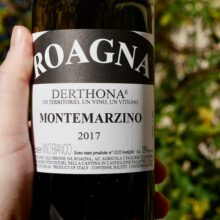
Product information
Joh Jos Prum Graacher Himmelreich Riesling Spätlese 2009
$81
Description
In 1993 I was hoovering bottles of Prüm, Spatlese and Auslese from 1983. On sharing my first bottle with friends, I was instantly in love. These are such succulent, fresh, vibrant, wines. With age adding an extra dimension of beauty and poise.
The 2009 Graacher Himmelreich Spätlese will have just made it through puberty and shows the next phase of development, moving beyond the primary characters of these wines on release.
Out of stock







You must be logged in to post a comment.